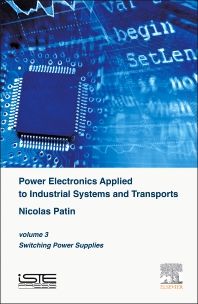Books in Manufacturing systems engineering
Books in Manufacturing systems engineering

Emerging Trends in Manufacturing Technologies
- 1st Edition
- Ajay Kumar + 2 more
- English

Forsthoffer’s Component Condition Monitoring
- 1st Edition
- Michael Forsthoffer
- English

Integrated System Health Management
- 1st Edition
- Jiuping Xu + 1 more
- English

Advances in Silk Science and Technology
- 1st Edition
- Arindam Basu
- English

Power Electronics Applied to Industrial Systems and Transports, Volume 3
- 1st Edition
- Nicolas Patin
- English

Plasma Etching Processes for Interconnect Realization in VLSI
- 1st Edition
- Nicolas Posseme
- English

Power Electronics Applied to Industrial Systems and Transports, Volume 1
- 1st Edition
- Nicolas Patin
- English

Advances in Feature Based Manufacturing
- 1st Edition
- Volume 20
- J.J. Shah + 2 more
- English

System Requirements Analysis
- 2nd Edition
- Jeffrey O. Grady
- English

Tailor Welded Blanks for Advanced Manufacturing
- 1st Edition
- B Kinsey + 1 more
- English